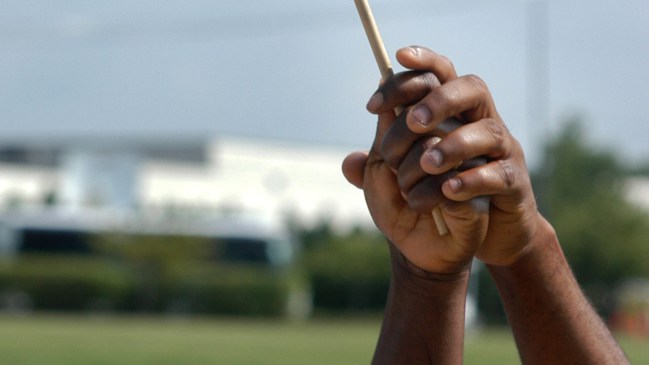Bizzell’s Tips for Having a Healthy Spring Season
The official day of spring is on March 20th, and after being cooped up inside the house all winter, this is the best time to plan activities for the new season. Feel the new energy of spring! Take a look at where you are and how you feel; use this new season to set new goals and plan where you want to go moving forward.
Here are a few tips for having a healthy and purposeful spring season:
Get outdoors more: The spring season is one of the best times to be outdoors. The weather is not too hot nor too cold, and the days are longer. Some examples of outdoor activities include hiking, bike riding, swimming, sports activities, and running.
Spring cleaning: Take this time to clean your home to air out dust and remove unnecessary clutter. Rearranging your furniture can also provide a “new energy” for the season. Also, let’s not forget to clean out the pantry and fridge to get rid of expired foods or foods that are not good for you.
Eat for the season: Spring is probably one of the easiest times of the year to eat healthily. There are many fruits, vegetables, and herbs that are in season, you can also take the time to enjoy some of your favorite healthy meals such as pasta salad or stir-fry dishes.




